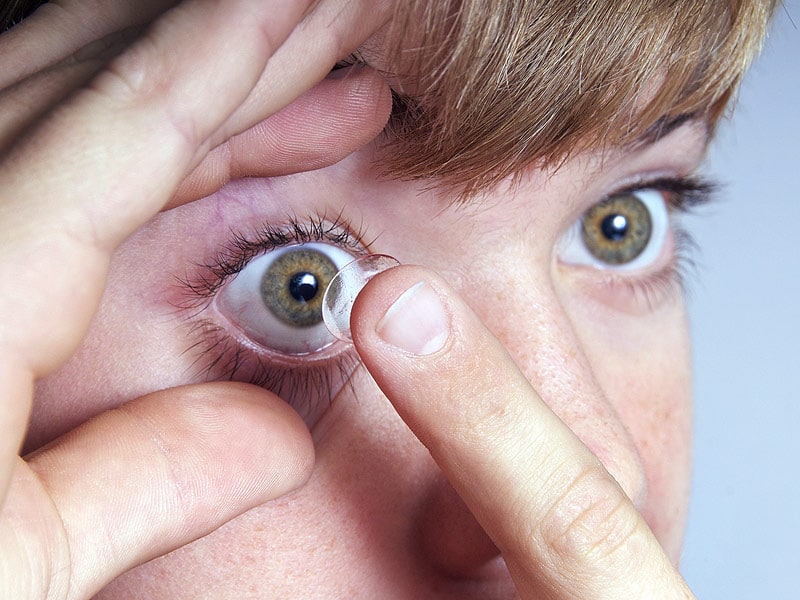
Deep Brain Stimulation Restores Walking in Two Paralyzed Patients
We've updated our Privacy Policy to make it clearer how we use your personal data. We use cookies to provide you with a better experience. You can read our Cookie Policy here.
Researchers at EPFL and Lausanne University Hospital (CHUV), led by professors Grégoire Courtine and Jocelyne Bloch, have achieved a major milestone in the treatment of spinal cord injuries (SCI). By applying deep brain stimulation (DBS) to an unexpected region in the brain—the lateral hypothalamus (LH)—the team has improved the recovery of lower limb movements in two individuals with partial SCI, greatly improving their autonomy and well-being.
Wolfgang Jäger, a 54-year-old from Kappel, Austria, has been in a wheelchair since 2006 after a ski accident left him with a spinal cord injury. Participating in the clinical trial, he experienced firsthand how deep brain stimulation could restore his mobility and independence. “Last year on vacation, it was no problem to walk a couple of steps down and back to the sea using the stimulation,” Jäger shared, describing the newfound freedom DBS has given him. Beyond walking, the therapy has improved everyday tasks. “I can also reach things in my cupboards in the kitchen,” he added.
DBS is a well-established neurosurgical technique that involves implanting electrodes into specific brain regions to modulate neural activity. Traditionally, DBS has been used to treat movement disorders like Parkinson’s disease and essential tremor by targeting areas of the brain responsible for motor control. However, applying DBS to the lateral hypothalamus to treat partial paralysis is a novel approach. By focusing on the LH, the researchers at .Neurorestore tapped into an unexpected neural pathway that had not been considered before for motor recovery.


























